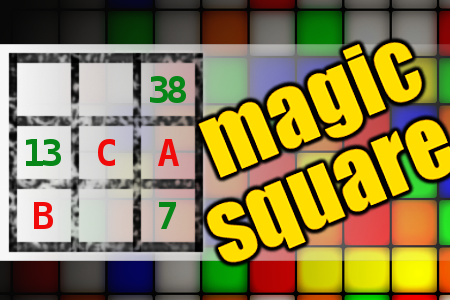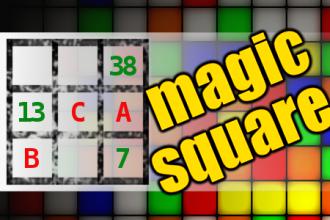MAGIC SQUARE: Calculate A-B+C
The aim is to place the some numbers from the list (5, 7, 13, 30, 32, 38, 55, 57, 63, 85, 89) into the empty squares and squares marked with A, B an C. Sum of each row and column should be equal. All the numbers of the magic square must be different. Find values for A, B, and C. Solution is A-B+C.Correct answers: 20
The first user who solved this task is Nasrin 24 T.
#brainteasers #math #magicsquare

Why Little Johnny Cried
After the christening of his baby brother in church, Little Johnny cried all the way home in the back seat of the car. His father asked him what was wrong and finally, the boy sobbed, “That priest said he wanted us brought up in a Christian home, and I want to stay with you guys!”

